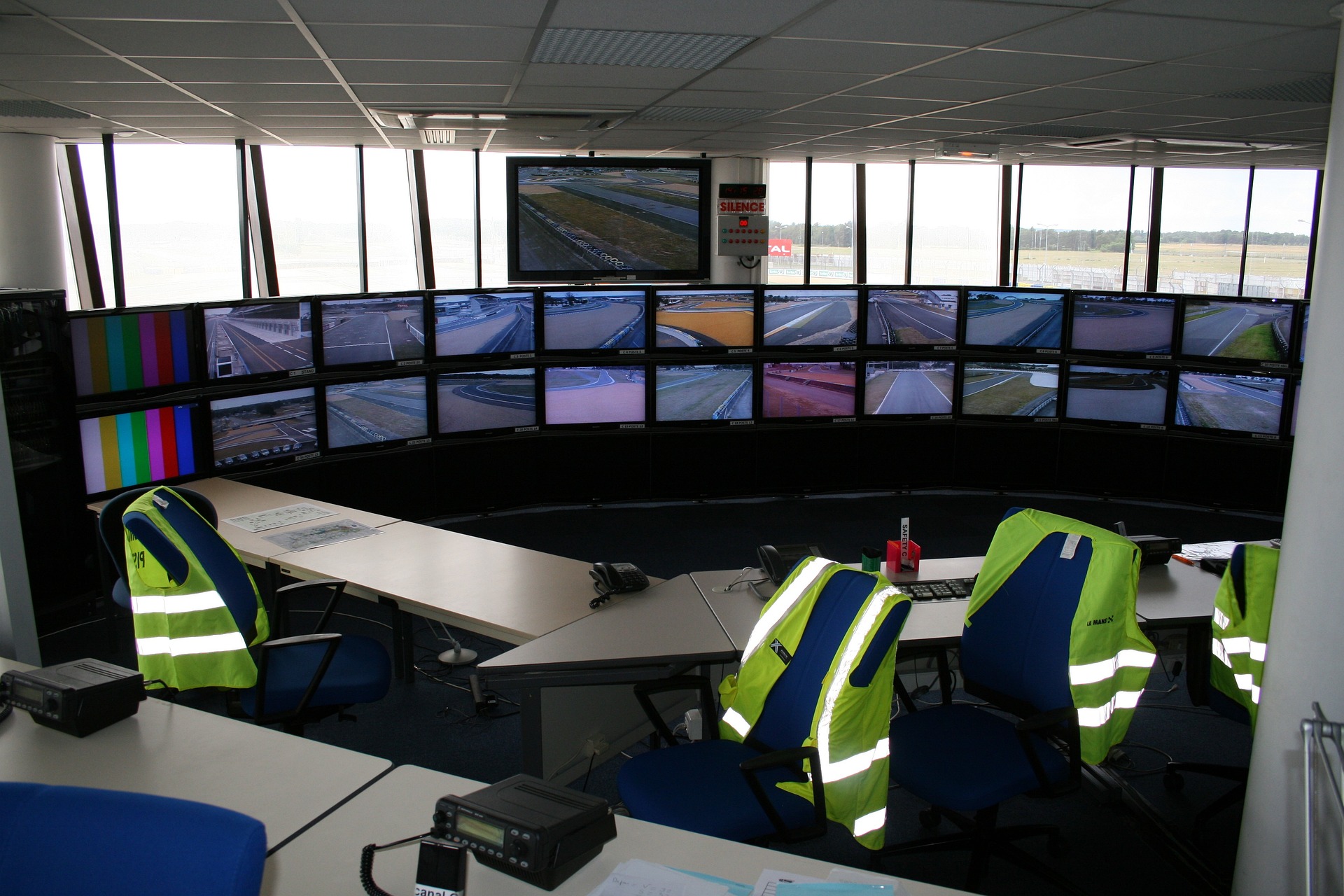With the constant pressure to deliver results quickly and effectively, it is crucial for organizations to have a well-defined project governance structure in place. Project governance is the framework that ensures projects, programs, and portfolios are managed in a structured and consistent manner, aligning with the organization’s goals and objectives. It is a critical element in maximizing efficiency and streamlining business operations. In this article, we will discuss the importance of project governance and the best practices for maintaining it.
Why is Project Governance Important?
Project governance is essential for any organization, regardless of size or industry. It provides a clear understanding of roles, responsibilities, and decision-making processes, ensuring that projects are delivered on time, within budget, and to the expected quality. Here are some of the key reasons why project governance is crucial for streamlining business operations:
1. Alignment with Organizational Goals: Project governance ensures that all projects, programs, and portfolios are aligned with the organization’s strategic goals and objectives. This alignment helps in prioritizing projects and allocating resources effectively, avoiding duplication of efforts and wastage of resources.
2. Clear Roles and Responsibilities: In a project governance structure, roles and responsibilities are clearly defined, ensuring that everyone knows what is expected of them. This clarity helps in avoiding conflicts and delays, as everyone knows their role in the decision-making process.
3. Effective Decision Making: Project governance provides a well-defined decision-making process, ensuring that decisions are made in a timely and efficient manner. This helps in avoiding delays and bottlenecks, which can significantly impact project timelines and budgets.
4. Risk Management: A robust project governance structure includes risk management processes, which help in identifying, assessing, and mitigating risks. This proactive approach to risk management minimizes the chances of project failure and ensures that projects are delivered successfully.
5. Resource Management: With project governance, resources are allocated based on the organization’s priorities and the project’s strategic importance. This helps in optimizing resource utilization, avoiding overallocation, and ensuring that the right resources are available when needed.
Best Practices for Maintaining Project Governance
Now that we understand the importance of project governance let us discuss some best practices for maintaining it. These practices will help organizations in maximizing efficiency and streamlining business operations.
1. Establish a Governance Structure: The first step in maintaining project governance is to establish a governance structure. This structure should define the roles and responsibilities of key stakeholders, including the project sponsor, project manager, and project team members. It should also outline the decision-making process and the communication channels.
2. Define Project Priorities: With multiple projects running simultaneously, it is essential to define project priorities. This will help in allocating resources effectively and ensuring that projects are aligned with the organization’s goals and objectives. A project prioritization matrix can be used to determine the strategic importance of each project.
3. Develop a Project Charter: A project charter is a document that outlines the project’s objectives, scope, and deliverables. It also defines the project’s governance structure, including roles and responsibilities, decision-making processes, and communication channels. A well-defined project charter helps in setting clear expectations and avoiding misunderstandings.
4. Implement a Change Control Process: In any project, changes are inevitable. However, these changes can significantly impact project timelines and budgets if not managed effectively. A change control process should be established to evaluate and approve changes, ensuring that they align with the project’s objectives and do not impact its success.
5. Monitor and Report Progress: Regular monitoring and reporting are critical for maintaining project governance. It helps stakeholders to stay informed about the project’s progress and identify any issues or risks early on. This allows for timely decision-making and corrective action, minimizing the impact on project timelines and budgets.
6. Conduct Post-Project Reviews: Once a project is completed, it is essential to conduct a post-project review. This review should evaluate the project’s success against its objectives and identify any lessons learned. These insights can be used to improve project governance for future projects.
7. Invest in Project Management Tools: In today’s digital age, there are numerous project management tools available that can help in maintaining project governance. These tools provide a centralized platform for project planning, monitoring, and reporting, making it easier to manage projects and streamline business operations.
Conclusion
In conclusion, project governance is crucial for maximizing efficiency and streamlining business operations. It provides a structured approach to managing projects, programs, and portfolios, ensuring that they are aligned with the organization’s goals and objectives. By following the best practices discussed in this article, organizations can maintain a robust project governance structure and achieve their project objectives successfully. Investing time and effort in establishing and maintaining project governance will pay off in the long run, helping organizations to stay competitive in today’s fast-paced business environment.












